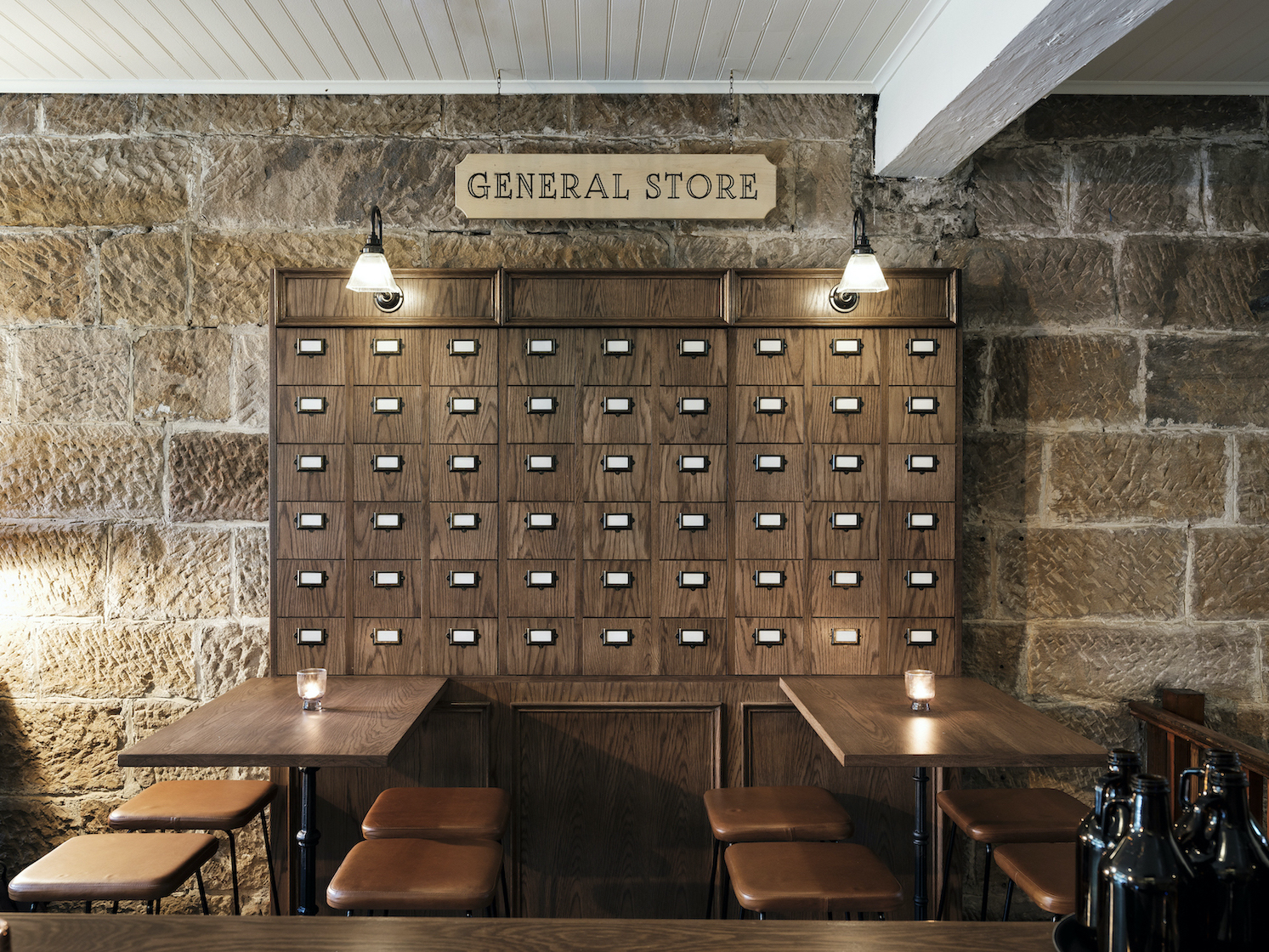
If you’re planning to renovate a heritage home, there are a lot of things to consider. From budgeting to preserving the original features, you need a team of experienced professionals on your side. We explore the dos and don’ts of a heritage property restoration project. Read on to ensure you get the most out of your heritage home renovation.
Do consult with authorities
If your home has a heritage listing, there is a bit of red tape to go through in order to renovate. You’ll need approval from the local council as well as your state’s heritage council in some cases. All councils are different and will have varying restrictions when it comes to renovating a heritage property.
It’s also worth noting that the restrictions will likely be tighter on homes individually listed as a heritage property, as opposed to a home in a heritage overlay.
Do focus on the details of your heritage restoration proposal
As mentioned above, you need multiple approvals before commencing building work on Australian heritage homes. These approvals require detailed proposals, so it’s worth going over every detail with a fine-tooth comb before submitting. If your proposal is rejected, you’ll need to make alterations and resubmit. This delays construction and can also affect budgeting if costs increase during the delay. So, go over everything thoroughly, from how you’ll preserve original features to how your renovations will affect the neighbourhood.
Do hire professionals in historic preservation
Working with experienced contractors who understand the ins and outs of renovating heritage homes is crucial. To preserve and maintain heritage architecture, you need the right set of skills and experience. Not all architects, designers and builders are comfortable working with heritage homes. However, those who are passionate about heritage restorations often have access to a reliable network of equally qualified tradespeople to call on.
Do preserve high quality original features
Most applications to renovate heritage homes will be better received if you make an effort to preserve the original structure or features of the building that have a significant heritage value. There is no exact formula for how much to keep of the existing building, as each home has a specific history, characteristics and site parameters. An architect experienced in heritage renovations is best placed to assess the dwelling holistically, and develop a design based on a symbiosis between old and new.
Often, a home’s historic features are what give it its charm and character. The home tells a story, and that story can be referenced through the new section of the build. Preserving and enhancing unique historical features can be crucial to the overall appeal of a heritage-listed home.
Don’t assume you’ll be able to demolish all or part of the existing building
It’s important to be clear on your goals when renovating historic homes. Each historic home is different, and the items that have a significant heritage value need to be considered from the beginning of the schematic design phase. The renovation history of the house may also complicate this assessment, as historic fabric may have been covered up or removed in the past.
Working with an experienced architect and heritage consultant will illuminate the right design approach. The architect, working closely with the heritage consultant, will find an appropriate design balance between the original fabric and new additions, based on the specific characteristics of the home, your brief and budget.
Don’t underestimate your budget
It’s no use beating around the bush. Heritage building renovation projects can be expensive. Preserving a home’s original features during renovations requires a lot of care, expertise, and time. As such, you’ll find heritage renovations cost a lot more than modern home updates.
It’s crucial to consider every expense when budgeting. Cost estimates help give you an idea of the projected cost, but until you have everything thoroughly planned, it can be difficult to get a concrete figure. As such, set yourself a realistic budget, and work with experienced designers, architects and builders who know how to keep heritage renovations as cost-effective as possible.
Don’t neglect thermal performance
While heritage homes are beautiful, thermal performance certainly wasn’t as high when they were built. There are usually plenty of places for air to escape, a lack of insulation and heritage homes may also not have an ideal orientation or access to natural light.
When designing for a heritage renovation, remember to focus on thermal performance to increase the home’s energy efficiency. Upgrading windows, doors and seals is an excellent starting point. Also, consider upgrading your insulation and installing energy-efficient heating and cooling systems. This can be done while preserving the original architecture, and it will save a lot of money on energy expenses in the future.
Need help with heritage building renovation?
Buck & Simple are your local experts in heritage home restorations and renovations. Whether you want to stay true to the original design or incorporate modern design elements, we provide the guidance and expertise you need. Renovating a heritage home can be complex, but the team at Buck & Simple is ready to bring your vision to life. Contact us today to arrange a consultation.

